Home>Articles>What Are The OSHA Safety Standards When Using A Ladder?
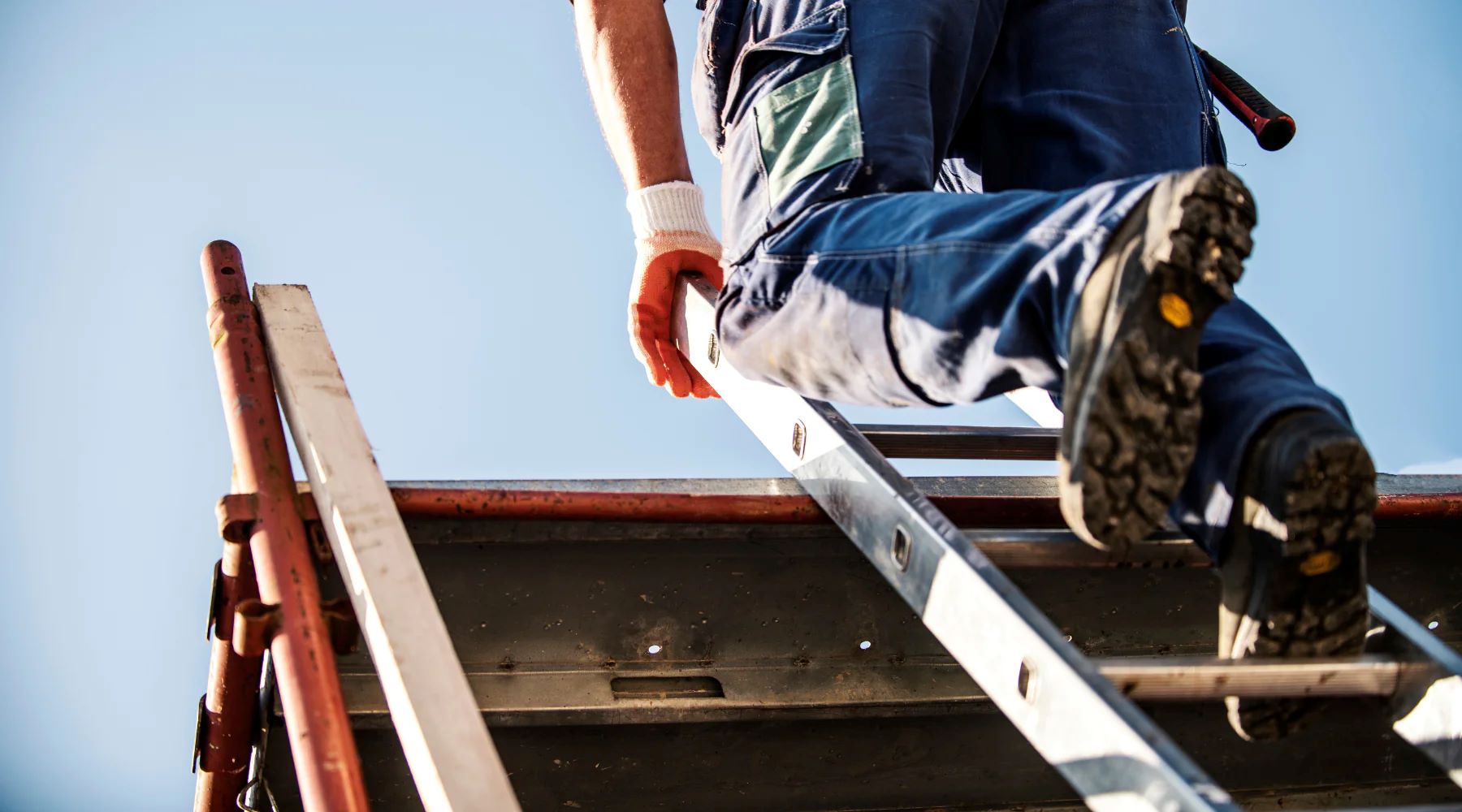

Articles
What Are The OSHA Safety Standards When Using A Ladder?
Modified: October 31, 2024
Learn about ladder safety and what you should do to ensure compliance with OSHA regulations. Read our informative articles for valuable insights.
(Many of the links in this article redirect to a specific reviewed product. Your purchase of these products through affiliate links helps to generate commission for Storables.com, at no extra cost. Learn more)
Introduction
Using a ladder may seem like a simple task, but it can pose significant risks if not done correctly. Whether you are using a ladder for DIY projects, construction work, or any other job that requires working at heights, it is essential to prioritize safety.
This article will provide you with comprehensive guidelines on ladder safety, focusing on the Occupational Safety and Health Administration (OSHA) standards. By following these guidelines, you can minimize the chances of accidents and injuries while effectively completing your tasks.
Remember, safety should always be your top priority when using a ladder. Taking a few extra minutes to ensure proper setup, inspection, and adherence to safety guidelines can make all the difference in preventing accidents and protecting your well-being.
Key Takeaways:
- Prioritize safety by choosing the right ladder, inspecting it before use, and maintaining stability while climbing. Following OSHA guidelines and proper maintenance can significantly reduce ladder-related accidents.
- Safe ladder use involves proper setup, cautious climbing and descending, and working with stability. Regular inspection, maintenance, and storage are essential for extending the ladder’s lifespan and ensuring safety.
Read more: What Is The 4 To 1 Rule When Using A Ladder
General Safety Guidelines
Before using a ladder, it’s important to familiarize yourself with some general safety guidelines. These guidelines are designed to ensure your safety and reduce the risk of accidents. Here are some key points to keep in mind:
- Choose the right ladder: Select a ladder that is appropriate for the task at hand. Consider factors such as height, weight capacity, and the type of work you will be doing. Make sure the ladder is in good condition and free from any defects or damage.
- Inspect the ladder: Before every use, thoroughly inspect the ladder for any signs of wear, such as cracked rungs, loose or damaged parts, or bent rails. If you notice any issues, do not use the ladder. Instead, report it and replace it with a safe one.
- Position the ladder correctly: Place the ladder on a stable and level surface. Avoid using ladders on slippery or uneven surfaces. If necessary, use ladder levelers or stabilizers to ensure stability.
- Clear the surrounding area: Remove any obstacles, debris, or tripping hazards around the ladder. Ensure there is enough space for safe access and movement while working on the ladder.
- Wear appropriate attire: Wear non-slip footwear to provide traction while climbing and descending the ladder. Avoid loose clothing that can get caught on the ladder or in the rungs.
- Maintain three-point contact: Always maintain three points of contact with the ladder while climbing or descending. Keep either two hands and one foot or two feet and one hand on the ladder at all times.
- Never overreach: Avoid leaning too far to the side or overreaching when on the ladder. It’s essential to maintain your center of gravity and keep your shoulders between the rails.
- Avoid sudden movements: Take your time and avoid any sudden movements when on the ladder. Slow and deliberate movements help maintain balance and stability.
- Do not exceed the weight limit: Every ladder has a weight capacity. Ensure you and your tools or equipment do not exceed this limit. Exceeding the weight limit can compromise the ladder’s integrity and lead to accidents.
- Follow OSHA guidelines: Familiarize yourself with the specific OSHA guidelines for ladder safety. These guidelines include recommendations for different types of ladders, proper use, and regulations for specific industries.
By adhering to these general safety guidelines, you can significantly reduce the risk of accidents while using a ladder. Always prioritize safety and take the necessary precautions to protect yourself and those around you.
Proper Inspection Before Use
Before using a ladder, it is crucial to perform a thorough inspection. This inspection helps identify any potential hazards or defects that may compromise the ladder’s safety. Follow these steps to ensure a proper ladder inspection:
- Check for physical damage: Start by closely examining the ladder for any signs of physical damage. Look for cracks, dents, or bends in the side rails, rungs, or steps. Ensure the ladder is free from any defects that could weaken its structural integrity.
- Inspect the connections: Check the connections between the ladder’s components. Ensure that all bolts, screws, and hinges are securely in place and not loose or damaged. Any loose or missing hardware should be replaced before using the ladder.
- Examine the feet and base: Inspect the ladder’s feet or base for any signs of wear or damage. The feet should be free from excessive wear, cracks, or missing parts. Replace any damaged or worn-out feet to maintain stability.
- Look for slip-resistant features: Verify that the ladder has slip-resistant features on the rungs or steps. These features provide traction and help prevent slips or falls. If the ladder lacks these features or they are worn out, consider adding or replacing them.
- Check for proper labeling: Ensure that the ladder is properly labeled with necessary information such as weight capacity, manufacturer’s name, and safety warnings. If any labeling is missing or illegible, it is recommended not to use the ladder.
- Inspect the ropes and pulleys (if applicable): If you are using an extension ladder with ropes and pulleys, inspect them thoroughly. The ropes should be in good condition, without any fraying or signs of wear. The pulleys should operate smoothly without any obstructions or damage.
- Verify the latching mechanism (if applicable): If your ladder has a latching mechanism, ensure that it is in proper working condition. The latch should engage and lock securely when the ladder is extended. This mechanism helps prevent accidental collapse while in use.
It is crucial to note that any ladder with significant damage or defects should not be used. Report and replace such ladders with safe ones to avoid potential accidents. Regular inspection and maintenance are key in ensuring your safety when using ladders.
Remember, a proper inspection helps detect issues early on and prevents accidents. By investing a few minutes in inspecting your ladder before each use, you can significantly reduce the risk of ladder-related incidents and work more safely.
Setting Up the Ladder
Properly setting up the ladder is crucial for maintaining stability and safety. Follow these steps to ensure a secure setup:
- Choose a suitable location: Select a location that is level, stable, and free from any hazards. Avoid areas with loose or slippery surfaces.
- Clear the area: Remove any obstacles, debris, or tripping hazards from the area where you plan to set up the ladder. Ensure there is enough space for the ladder to fully extend and for you to safely access it.
- Angle the ladder correctly: For extension ladders, the base should be placed approximately one foot away from the wall for every four feet of ladder height. This creates a 75.5-degree angle, also known as the “4-to-1” rule. Make sure to follow the ladder manufacturer’s specifications regarding placement.
- Secure the ladder: Once you have positioned the ladder, secure it to prevent any unintentional movement. Ensure the ladder’s feet are firmly on the ground and use friction pads, stabilizers, or ladder levelers if needed to enhance stability.
- Extend the ladder properly: If you are using an extension ladder, follow the manufacturer’s instructions to extend it to the desired height. Ensure that the locks or rung hooks engage properly to prevent the ladder from collapsing.
- Engage any safety features: If your ladder has safety features such as spreader bars or locking mechanisms, ensure that they are engaged before climbing.
- Secure the top of the ladder: If possible, secure the top of the ladder to a stable structure using a ladder stabilizer or a secure tie-off point. This provides additional stability and prevents the ladder from slipping or moving.
- Consider additional measures: In certain situations, depending on the height and nature of the work, you may need to use additional equipment such as a ladder platform or ladder leveler to further enhance stability and safety.
Remember, a properly set up ladder is essential for safe climbing and working at heights. Take the time to carefully position and secure the ladder before use and make any necessary adjustments to ensure stability. Regularly inspect the setup during breaks to ensure it remains secure.
By following these guidelines, you can significantly reduce the risk of ladder-related accidents and create a safer working environment.
Climbing and Descending Safely
Climbing up and down a ladder may appear straightforward, but it is crucial to do so with caution and proper technique to avoid accidents. Follow these guidelines for safe ladder climbing and descending:
- Maintain three-point contact: Keep three points of contact with the ladder at all times. This can be achieved by having two hands and one foot, or two feet and one hand on the ladder. Avoid carrying objects that may prevent you from maintaining a firm grip.
- Face the ladder: Always face the ladder while climbing up or down. Avoid twisting or leaning away from the ladder, as it can compromise your balance and stability.
- Use proper hand placement: When climbing, grip the ladder’s rungs or side rails securely with both hands. This ensures a firm hold and minimizes the risk of slipping.
- Move one step at a time: Take it slow and only move one step at a time while climbing or descending. Avoid rushing or skipping rungs, as this can lead to loss of balance.
- Avoid overreaching: Avoid overreaching or leaning to one side while on the ladder. Instead, reposition the ladder as needed to keep your body centered and maintain stability.
- Use proper foot placement: Place your feet securely on each ladder rung, ensuring that your entire foot is in contact with the rung’s surface. Avoid standing on the ladder’s top rung or using the ladder’s side rails as steps.
- Avoid carrying heavy loads: If you need to carry tools or equipment, use a tool belt or a bucket attached to a secure line to transport them to and from the work area. This allows you to maintain proper balance and stability.
- Never slide down the ladder: Always climb down the ladder in a controlled manner, never slide down or jump off. Sliding or jumping can lead to serious injuries.
- Use caution in adverse weather conditions: Exercise additional caution when using a ladder in adverse weather conditions such as rain, strong winds, or snow. These conditions can make the ladder slippery or unstable.
Remember, climbing and descending the ladder safely requires focus, balance, and proper technique. By following these guidelines, you can minimize the risk of falls and injuries while using a ladder.
If you feel dizzy or lightheaded while on a ladder, stop climbing and descend carefully. If you have any concerns about your ability to safely use a ladder, seek assistance or consider alternative methods of accessing heights.
Always inspect the ladder before use for any damage or defects. Make sure it is on a stable surface and never stand on the top two rungs. Keep your body centered and never overreach.
Read more: How To Minimize Risk When Using A Ladder
Working from the Ladder
When working from a ladder, it is important to take additional precautions to ensure your safety. Follow these guidelines to work safely and effectively:
- Maintain stability: Ensure that the ladder remains stable throughout your work. Avoid making sudden or jerky movements that could cause the ladder to shift or tip over.
- Avoid leaning out: Avoid leaning or reaching too far to one side while working from the ladder. It increases the risk of losing balance and falling. Instead, reposition the ladder or use a platform or scaffold to safely access the work area.
- Use a tool belt or hoist system: If you need to use tools or equipment, consider using a tool belt or a hoist system to keep your hands free. This helps maintain balance and prevents the risk of dropping objects from the ladder.
- Secure materials: If you are working with materials, secure them properly to prevent them from shifting or falling off the ladder. Use lanyards, straps, or other appropriate methods to keep the materials safely in place.
- Keep the work area tidy: Keep your work area clean and organized to minimize tripping hazards. Clear away debris or tools that could cause you to lose balance or hinder your movement on the ladder.
- Stay aware of your surroundings: Be mindful of the people and objects around you while working on the ladder. Communicate with others to ensure they are aware of your presence and avoid potential accidents.
- Use proper lighting: If you are working in dimly lit areas, use appropriate lighting to ensure visibility and reduce the risk of tripping or missing a step on the ladder.
- Take necessary breaks: Working continuously on a ladder can be physically demanding. Take regular breaks to rest and regain your strength, especially during longer tasks.
- Know your limitations: Be aware of your physical capabilities and limitations. If a task requires more specialized skills or equipment, consider seeking professional assistance to ensure safety.
- Work with a spotter: If possible, have someone act as a spotter while you work on the ladder. A spotter can provide guidance and assistance, as well as ensure your safety.
Remember, working from a ladder requires additional attention and precaution. By following these guidelines, you can reduce the risk of accidents and work more safely and efficiently.
If a task requires prolonged or extensive work at heights, it may be advisable to consider alternative methods such as using scaffolding, elevated work platforms, or hiring a professional with the necessary equipment and expertise.
Moving and Transferring Ladders
Moving and transferring ladders safely is essential to prevent accidents and injuries. Whether you need to reposition the ladder within a worksite or transport it to a different location, follow these guidelines:
- Clear the area: Before moving the ladder, ensure the area is clear of obstacles, debris, or people that could interfere with the process. Clear a path to safely maneuver the ladder.
- Use a team, if necessary: If the ladder is large, heavy, or difficult to handle alone, seek assistance from a colleague or use equipment such as a dolly or trolley to safely move the ladder.
- Choose the right technique: There are several techniques for moving ladders, including the shoulder carry, tip-and-carry, and sideways walking techniques. Choose the technique that best suits the ladder’s size and weight.
- Use proper lifting techniques: When lifting and carrying a ladder, remember to bend your knees, engage your core muscles, and maintain a straight back. Keep a firm grip and avoid twisting or overexerting yourself.
- Avoid excessive force: If the ladder gets stuck or is challenging to move, avoid applying excessive force, as it can lead to accidents or damage. Instead, assess the situation and find a safe solution, such as using a different pathway or seeking assistance.
- Secure the ladder during transportation: If you need to transport the ladder, secure it properly to prevent it from shifting or falling off the vehicle. Use appropriate tie-downs or straps to keep the ladder stable.
- Prioritize ladder handling and storage: Avoid dropping or mishandling the ladder during movement or storage. Treat the ladder with care to maintain its structural integrity and prevent damage that could compromise its safety.
- Protect yourself and others: Ensure that no one is in the ladder’s path while moving or transferring it. Communicate with colleagues and bystanders to ensure their safety and prevent accidents.
- Consider professional assistance: For moving or transferring large or specialized ladders, such as extension ladders or scaffolding, it may be wise to seek professional assistance. Professionals have the expertise and equipment necessary for safe handling and transportation.
Remember, moving ladders safely requires proper technique, awareness of your surroundings, and precautionary measures. Take the time to assess the situation, plan your movements, and seek assistance when needed.
By following these guidelines, you can minimize the risk of accidents and injuries while moving and transferring ladders, ensuring the safety of yourself and those around you.
Ladder Storage and Maintenance
Proper storage and maintenance of ladders are crucial for extending their lifespan and ensuring their safety. Implement these guidelines to store and maintain your ladder effectively:
- Clean the ladder: Regularly remove dirt, debris, and any other substances from the ladder’s surface. Use a soft brush or cloth and mild detergent to clean the ladder and avoid using abrasive materials that could damage its finish.
- Inspect for damage: Periodically inspect the ladder for any signs of wear and tear or damage. Look for cracks, bends, loose hardware, or other defects that may compromise the ladder’s safety. Address any issues promptly.
- Store in a dry area: Store the ladder in a dry location to prevent rust or corrosion. Moisture can weaken the ladder’s structure over time. If necessary, apply a rust-inhibiting coating to further protect metal parts.
- Protect from sunlight: Avoid storing the ladder in direct sunlight for extended periods, as UV rays can weaken certain ladder materials. If storing outdoors, use a ladder cover or UV-resistant tarp to shield it from the sun.
- Secure ladder when not in use: When not in use, secure the ladder to prevent it from falling or being knocked over accidentally. Consider using wall-mounted brackets or sturdy hooks designed for ladder storage.
- Follow weight capacity guidelines: Always follow the ladder’s weight capacity guidelines. Exceeding this limit can compromise the ladder’s integrity and lead to accidents. If you need a higher weight capacity, select a ladder that meets your requirements.
- Replace worn-out parts: If any ladder components, such as rungs, feet, or safety mechanisms, become worn or damaged, replace them immediately with approved replacements. Do not use the ladder until all necessary repairs are made.
- Store ladders away from flammable materials: Avoid storing ladders near flammable substances or sources of ignition. Keep them separate from fuels, paints, solvents, or any other flammable materials to prevent accidents or fire hazards.
- Label and inform others: If storing ladders in a shared workspace or facility, clearly label them and inform others about their presence. This helps prevent accidental collisions and ensures that everyone is aware of their presence.
- Follow manufacturer’s instructions: Adhere to the manufacturer’s guidelines for storage and maintenance specific to your ladder. Different ladder types and materials may have unique requirements that are necessary for their longevity and safety.
Maintaining proper ladder storage and performing regular maintenance ensures that your ladder remains in good condition and safe for use. By following these guidelines, you can extend the lifespan of your ladder and minimize the risk of accidents or injuries.
Remember, safety is not only important during ladder use but also during ladder storage and maintenance.
Conclusion
Using a ladder may seem like a routine task, but it requires careful attention to safety guidelines to prevent accidents and injuries. By following the Occupational Safety and Health Administration (OSHA) standards and implementing the recommended practices outlined in this article, you can ensure a safer ladder experience.
Start by familiarizing yourself with general safety guidelines, including choosing the right ladder, regular inspections, and proper positioning. Pay attention to the quality of the ladder and make sure it is in good condition before every use. Properly setting up the ladder on a stable surface and maintaining stability while climbing and descending are essential for safe ladder use.
When working from the ladder, it is important to maintain stability, avoid overreaching, and use the appropriate tools and equipment. Transfer and move the ladder safely, considering the ladder’s size and weight, and taking precautions to protect yourself and others.
Remember to store and maintain the ladder properly to extend its lifespan and ensure its safety. Regularly inspect the ladder for any signs of damage or wear, and clean it to prevent dirt and debris from compromising its integrity. Store the ladder in a dry, secure location away from direct sunlight and follow weight capacity guidelines.
By prioritizing safety, practicing proper ladder techniques, and implementing regular maintenance, you can significantly reduce the risk of ladder-related accidents. Always remember that safety is a shared responsibility, and it is crucial to communicate and inform others about ladder use and storage in shared spaces.
By following these guidelines and exercising caution at all times, you can confidently and safely use ladders for various tasks, whether it be DIY projects, construction work, or any other activities that require working at heights.
Keep in mind that the information provided in this article is for general guidance only. It is important to familiarize yourself with the specific ladder safety regulations and recommendations relevant to your industry and job requirements.
Stay safe, take the necessary precautions, and make ladder safety a priority in your work and everyday life.
Frequently Asked Questions about What Are The OSHA Safety Standards When Using A Ladder?
Was this page helpful?
At Storables.com, we guarantee accurate and reliable information. Our content, validated by Expert Board Contributors, is crafted following stringent Editorial Policies. We're committed to providing you with well-researched, expert-backed insights for all your informational needs.
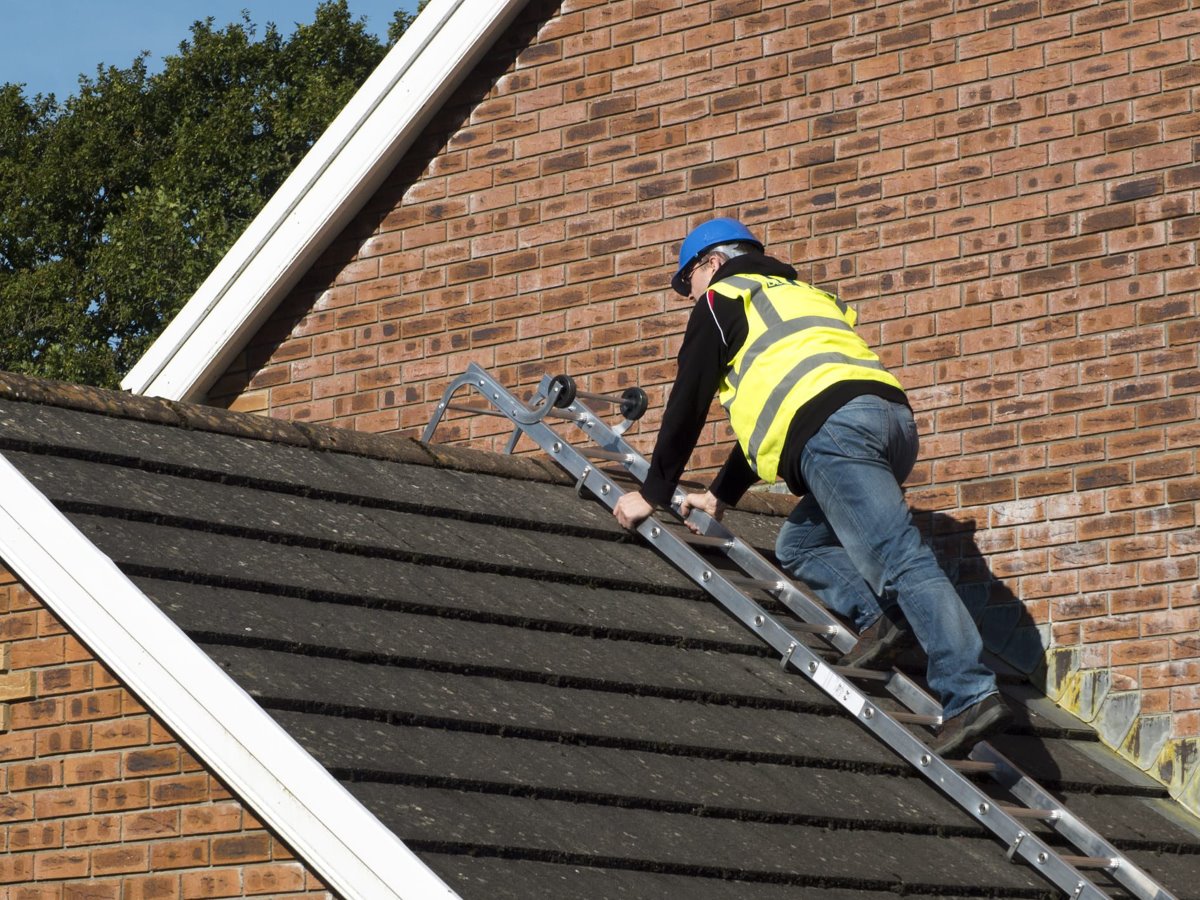
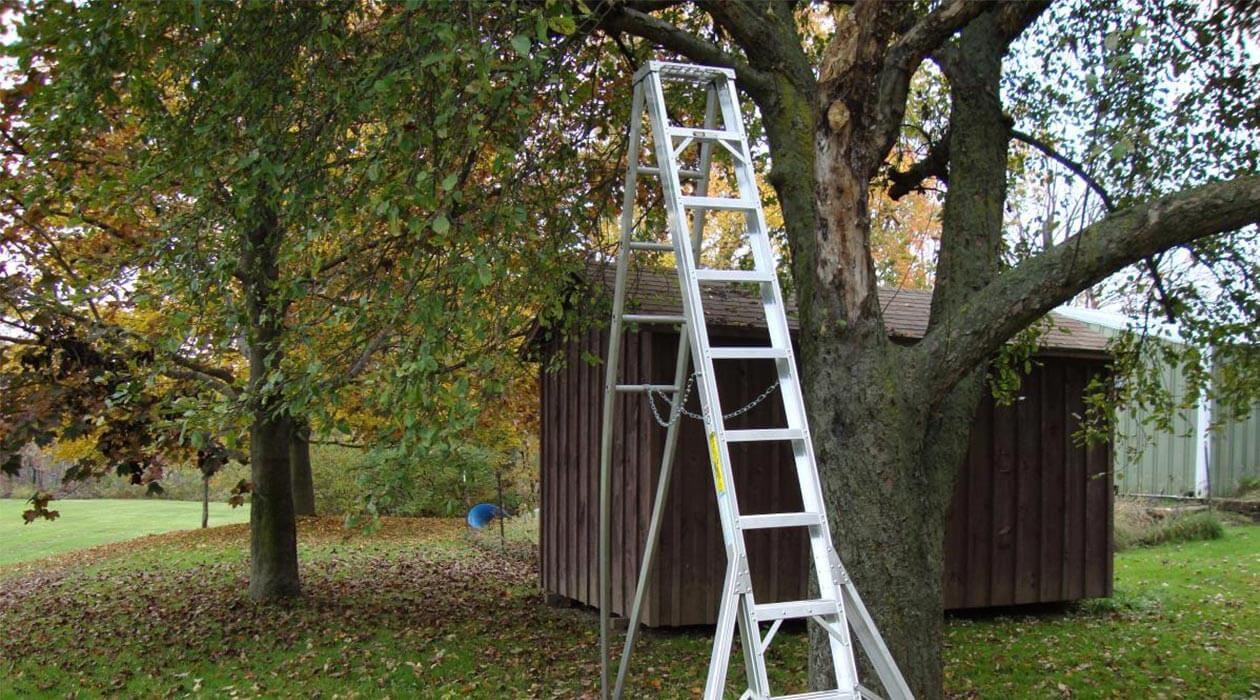
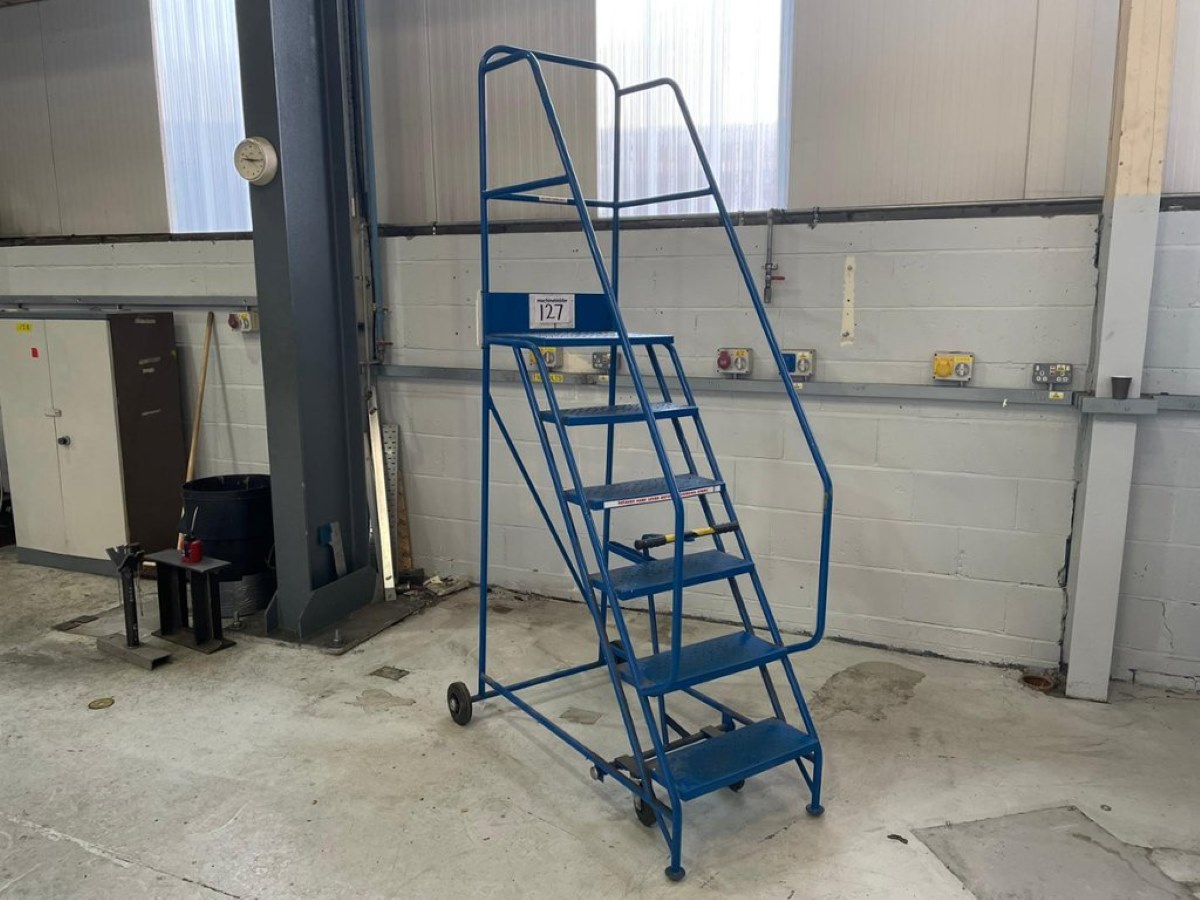
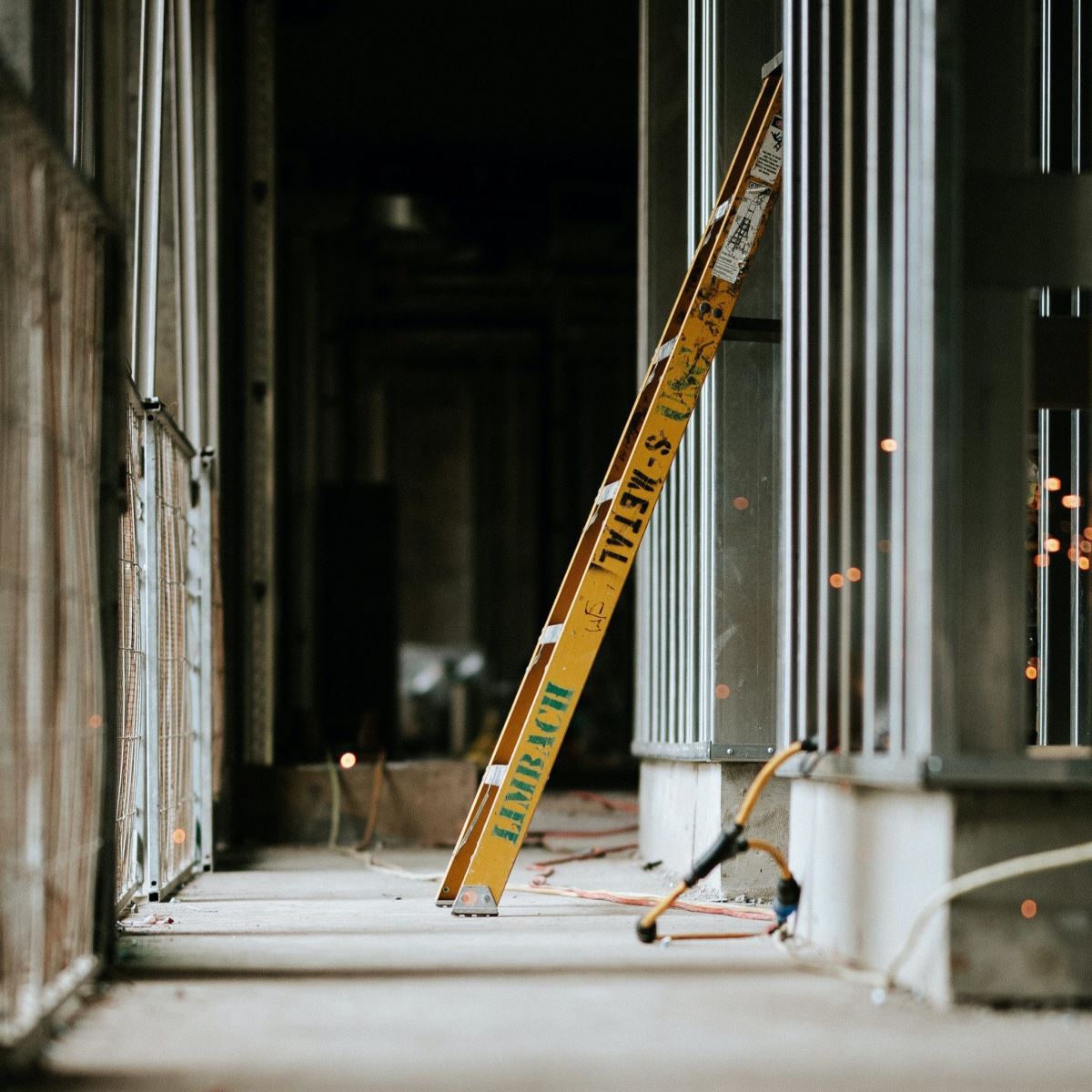

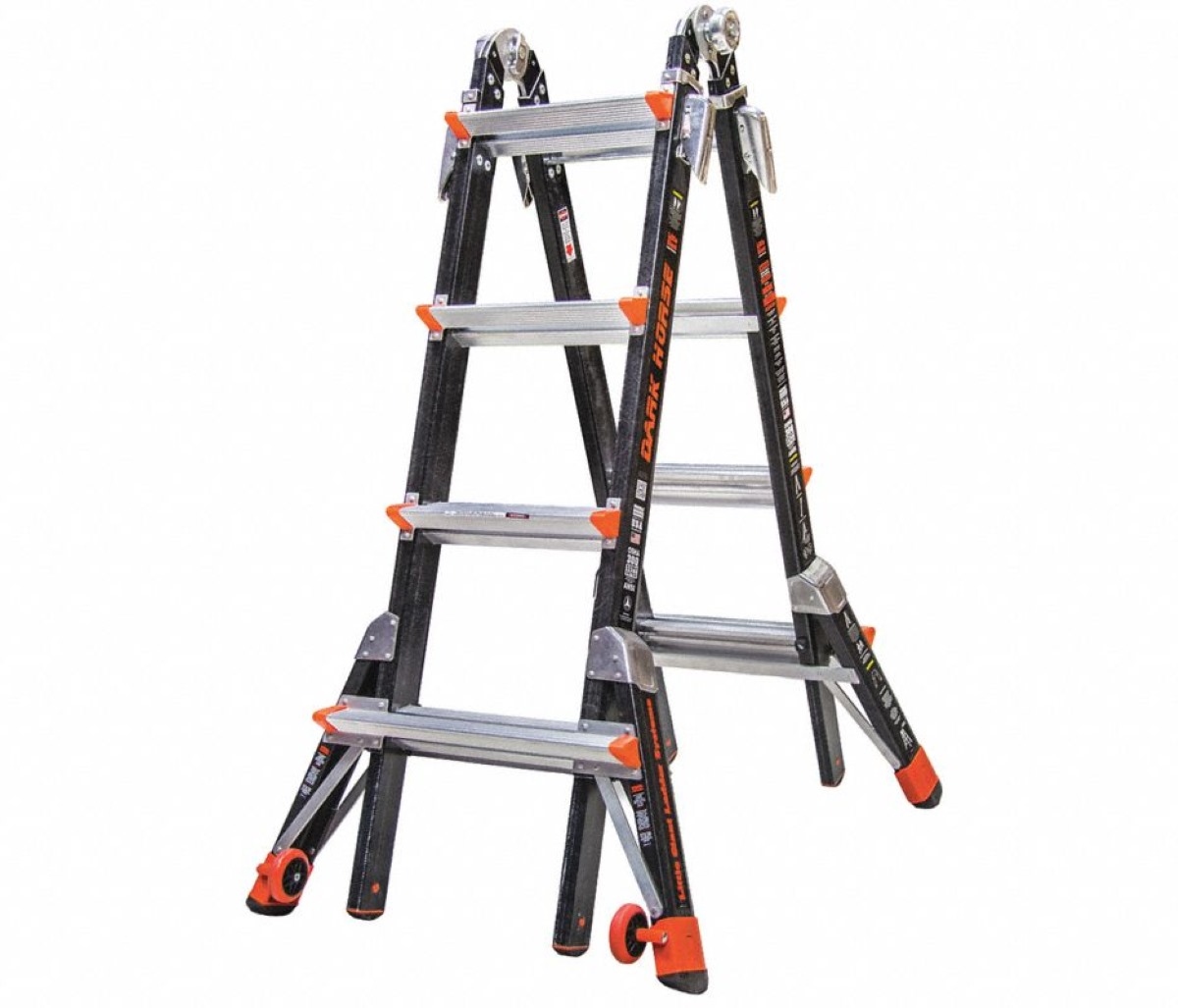

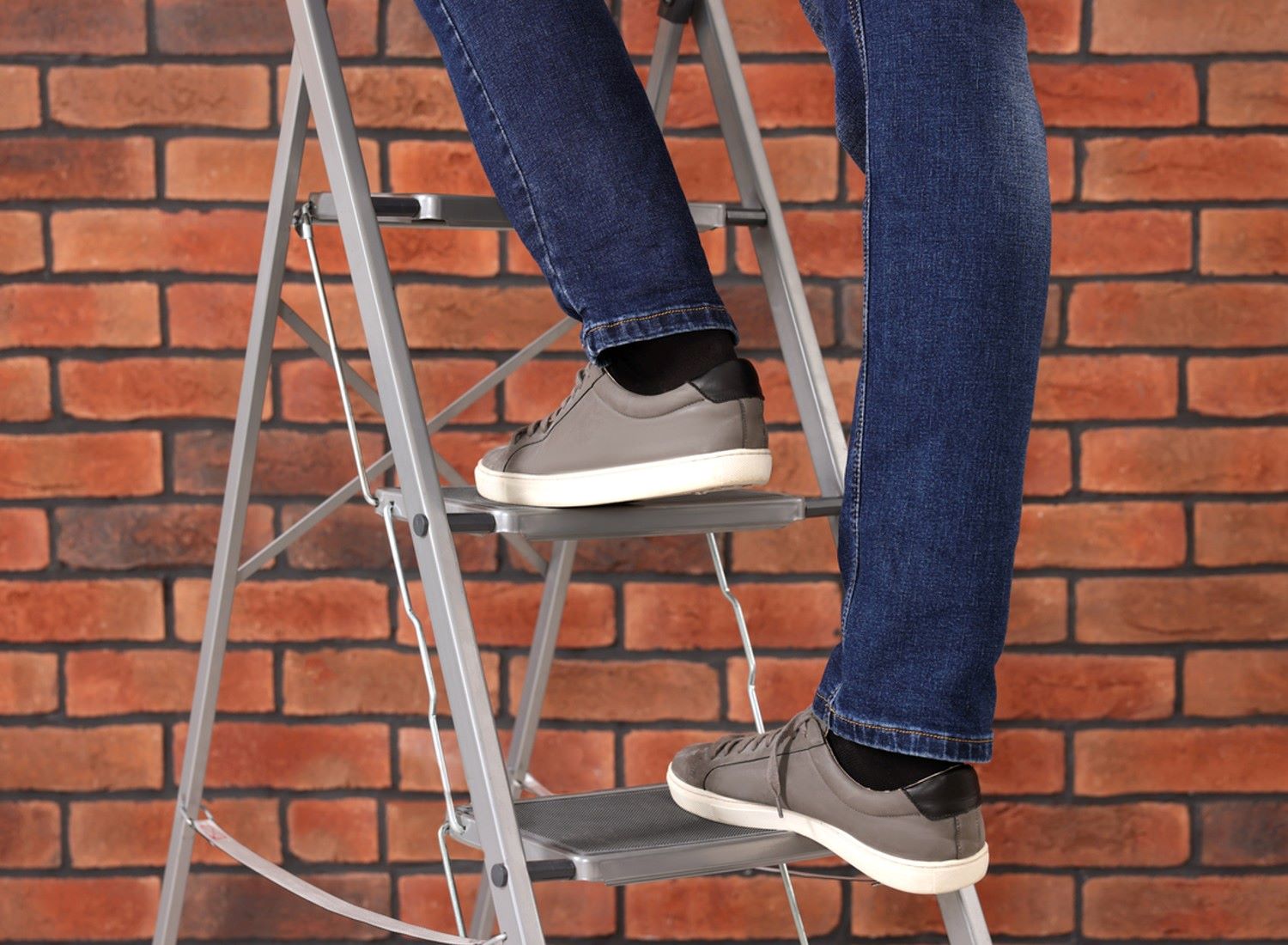

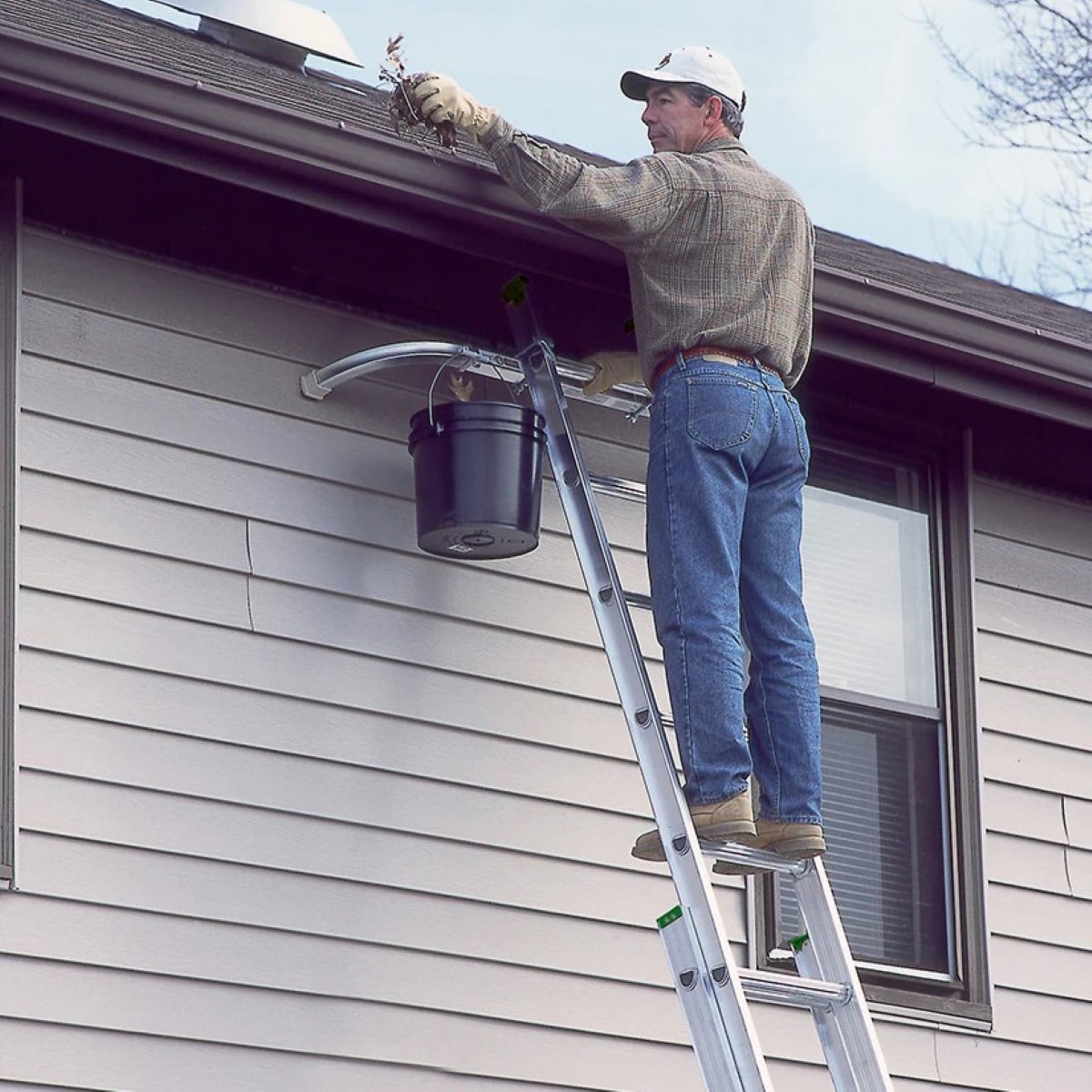
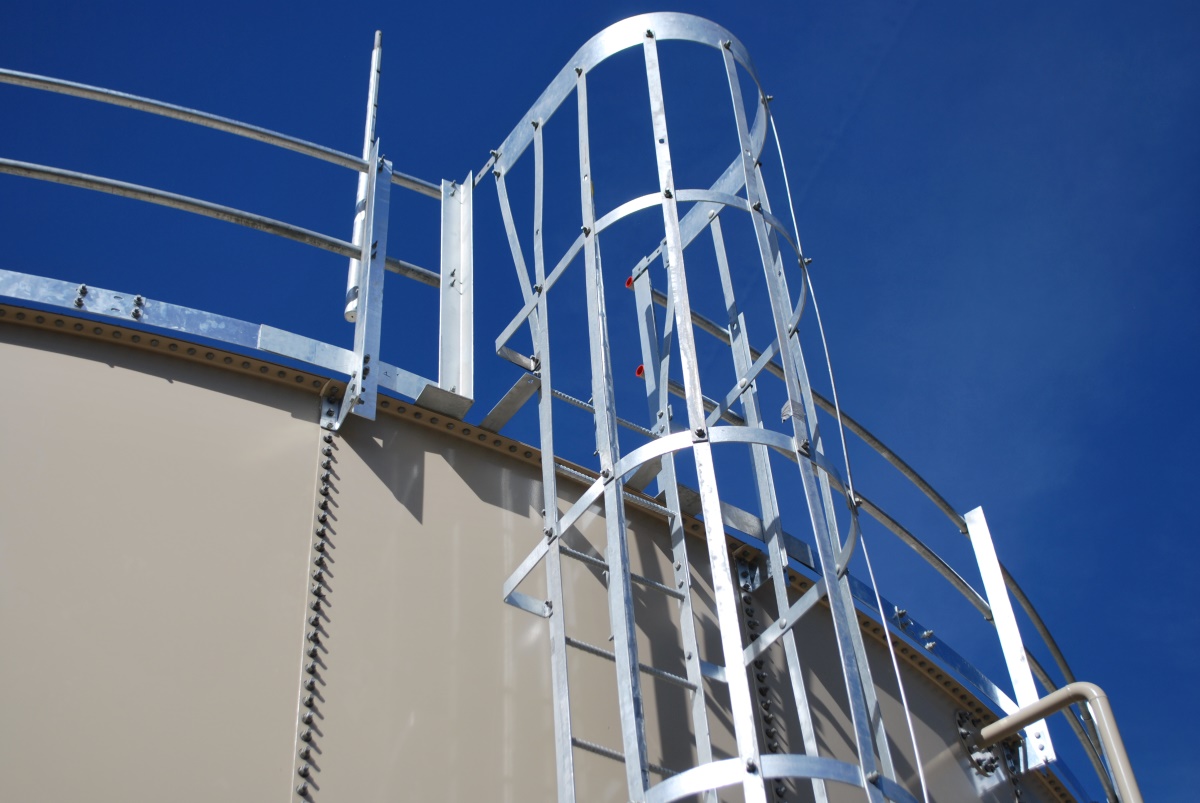
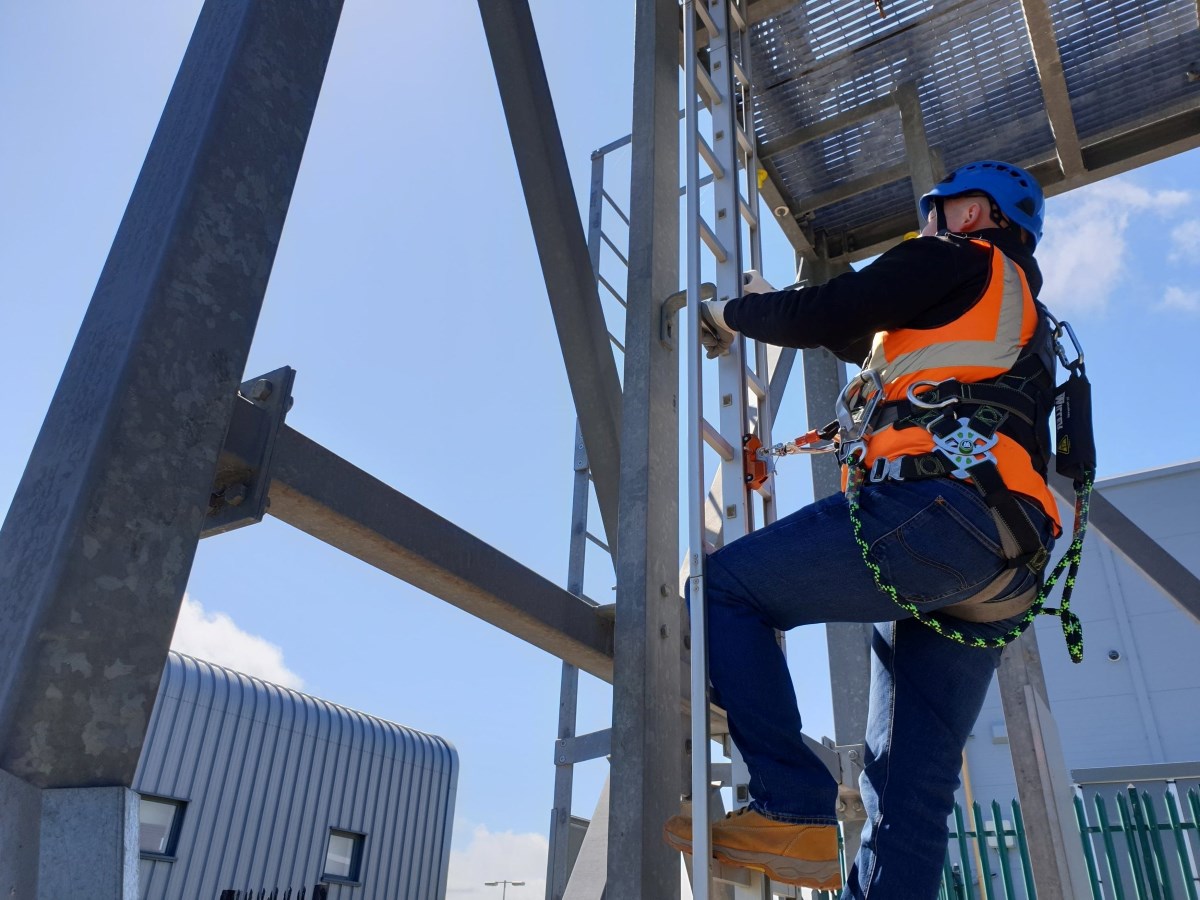
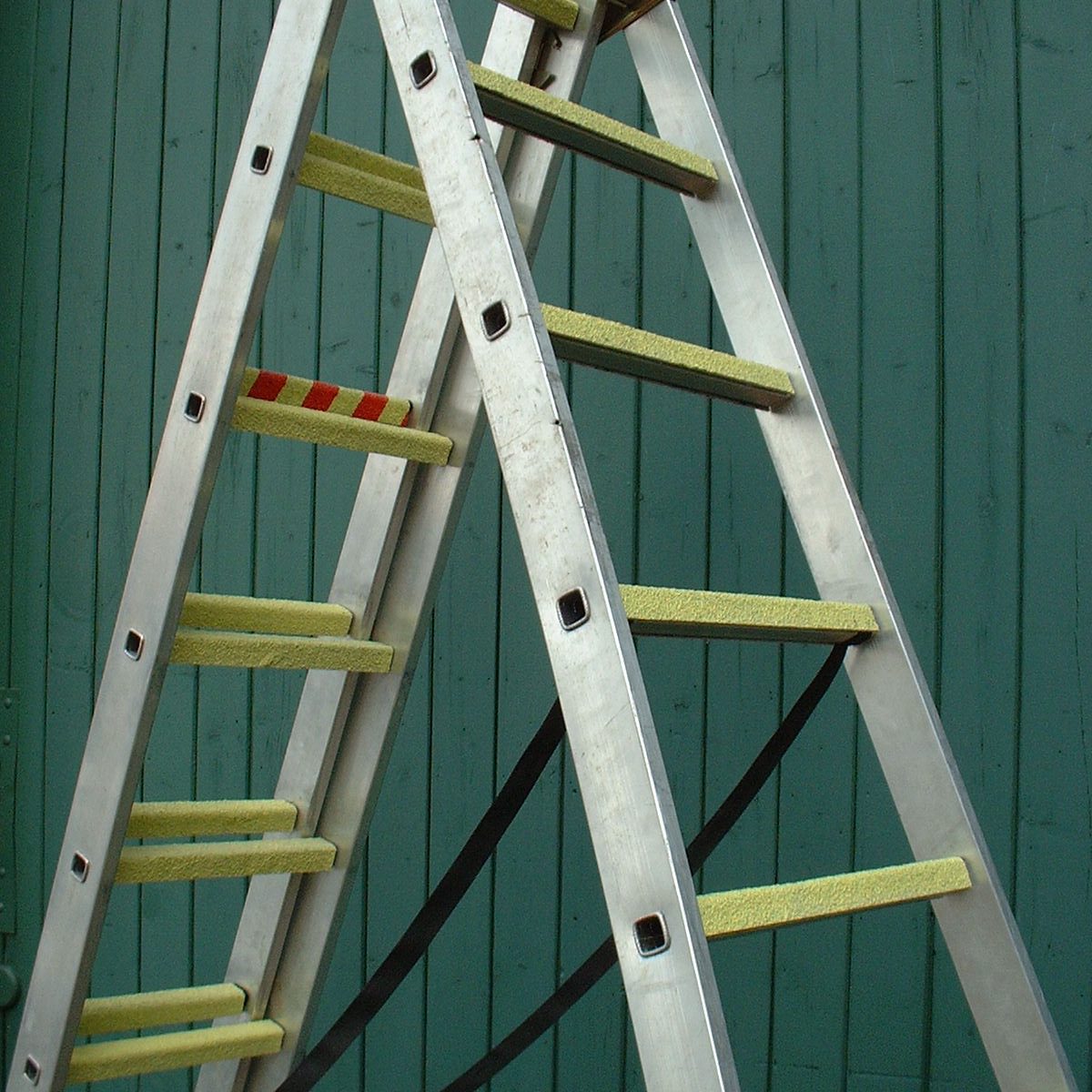
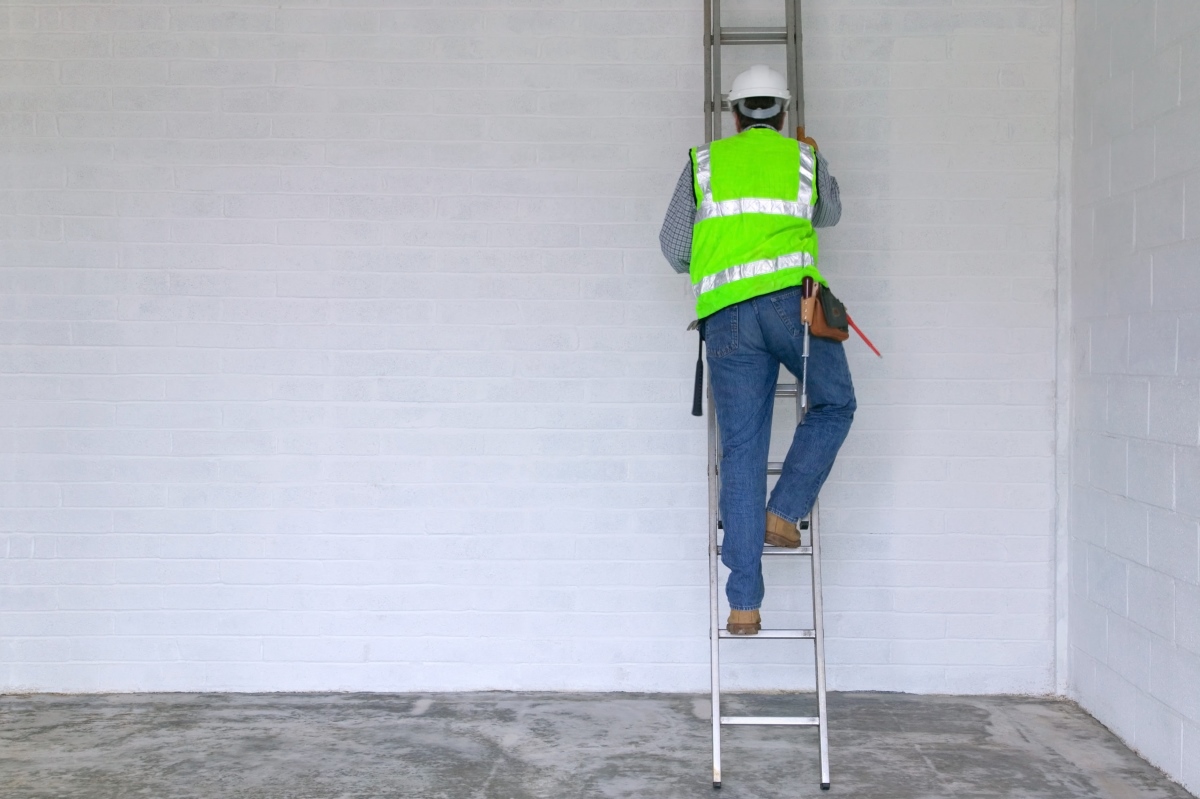

0 thoughts on “What Are The OSHA Safety Standards When Using A Ladder?”